Conversational AI Services
We partner with the world's leading companies to design, develop, and provide Conversational AI services. Let us help you connect your brand with customers where they communicate today. Chat or voice.
GET IN TOUCH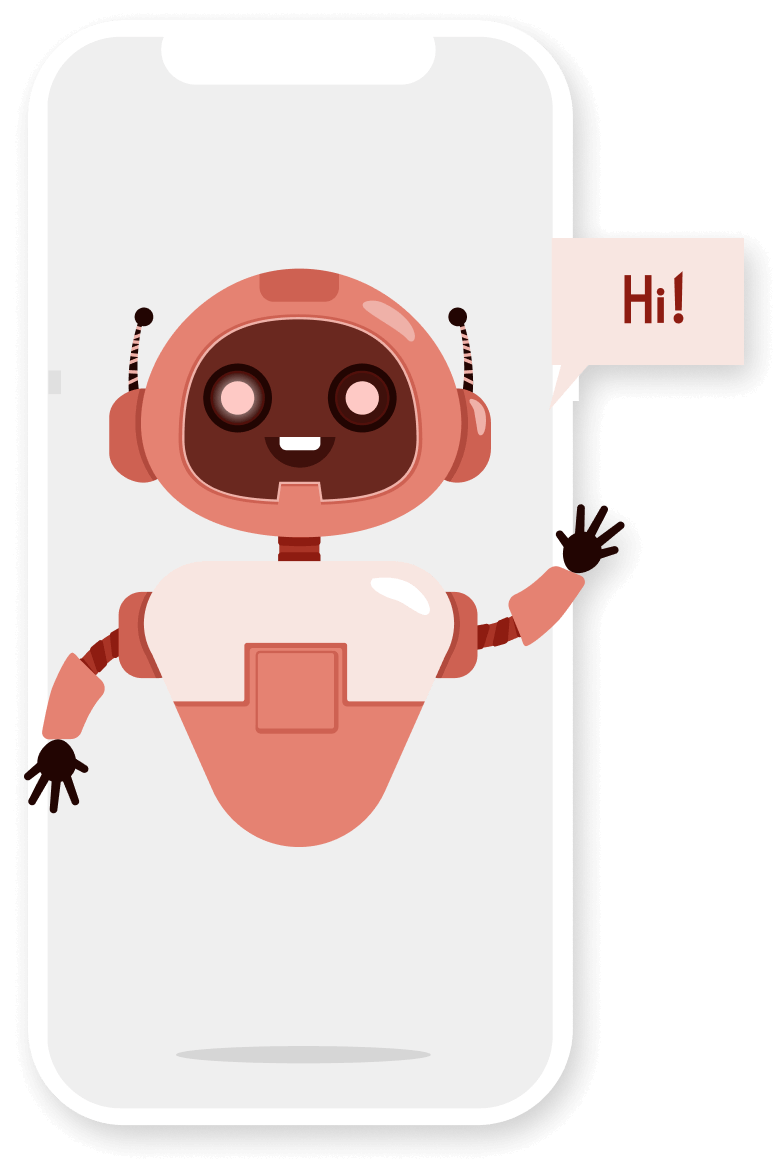
Our Conversational AI Services Include
-
Chatbot Development
Chatbot Development
We provide a holistic approach to chatbot development services. Our team, consisting of strategists, conversation designers, AI Trainers, and developers, creates AI solutions using industry platforms or building chatbots from scratch to cater to your specific business needs. We make sure your AI chatbot aligns perfectly with your brand voice and effectively engages your target audience, resulting in a chatbot solution that seamlessly integrates with your business.
-
Voice Assistant Development
Voice Assistant Development
We facilitate rapid contact center query resolution using virtual agents and interactive voice response (IVR) as part of our Voice Assistant Development service. We craft customized personas to align with your business goals, design voice interfaces to enhance trust and natural communication, and manage the entire process, from development to testing, publishing, and optimization for platforms like Google, Alexa, and Siri (or Genesys, Vonage, Twillio).
-
Conversation Design
Conversation Design
In Conversation Design, we rely on data to tackle customer pain points efficiently, automating solutions and cutting agent overhead costs. Our experts prioritize user experience, crafting intuitive interfaces that make interactions with Conversational AI solutions seamless and enjoyable by analyzing you data, creating bot persona, writing use cases and developing dialogues. With over 7 years of field experience, our proprietary methodology not only solves business and user queries but also increases ROI.
-
Conversational AI Consulting
Conversational AI Consulting
Our Conversational AI Consulting service is designed for companies looking to bring their AI strategy in-house but needing guidance. Our team of strategists, CX designers, and chatbot developers collaborate closely with yours, offering hands-on coaching, training, and roadmap development. We ensure these AI solutions seamlessly align with your brand voice and effectively engage your target audience, resulting in a solution that fits seamlessly into your business operations.
-
Conversational AI Integration
Conversational AI Integration
We optimize the effectiveness of your Conversational AI solution by seamlessly integrating it into your chosen platforms, apps, and databases. Whether it's your website, mobile app, social media profiles, or internal systems such as CRM and knowledge bases, our AI chatbots and voice agents smoothly integrate, enhancing your existing ecosystem for a unified and efficient user experience.
-
Chatbot Fine-Tuning and Optimization
Chatbot Fine-Tuning and Optimization
We're dedicated to ongoing improvement to provide the best AI chatbot experience. Our team of conversation designers, AI trainers, and chatbot developers frequently fine-tunes algorithms and features based on user interactions and feedback, ensuring it consistently evolves and delivers precise responses.
-
Generative AI Integration
Generative AI Integration
Leverage the power of Generative AI chatbots to revolutionize your customer experience. At Master of Code Global, we are experts in leveraging Generative AI to create immersive experiences that engage your customers. Let us help you harness the power of Generative AI to automate your customer service operations, faster and more efficiently than ever before, with minimal development.
-
Managed Services
Managed Services
We empower you with a robust infrastructure in the cloud, meticulously prepared and managed for seamless AI solution deployment. Our expert team excels in data governance, AI & ML productionalization, continuous model retraining, and provides 24/7 support for AI/ML solutions in production. Our Managed Services span across Data Science, Machine Learning engineering, and DevOps, guaranteeing speed, efficiency, and top-notch quality for your AI/ML projects. With Master of Code Global, you can trust that your AI infrastructure is not only well-prepared but also expertly managed to ensure the success of your AI journey.
-
Conversation Design Training
Conversation Design Training
Designed for businesses seeking to develop in-house expertise, our program is led by a team of Conversational Design Consultants and Trainers. Our training covers the full spectrum, from understanding Conversational AI fundamentals to scripting conversational flows and transforming scripts into intents for effective communication. Train the training program from Master of Code Global committed to equipping your team with the skills and knowledge needed to create engaging and efficient conversational experiences that resonate with your audience and drive results.
Why Us?
Master of Code Global as an AI development company with over 19 years of experience collaborates with global industry leaders to create cutting-edge apps, chat & voice-based experiences across various communication channels. Founded in 2004, with more than 250+ Masters globally, and 400+ projects delivered, our solutions have been used by more than 1 billion users worldwide. Our diverse portfolio includes global brands, enterprises, as well as successful startups, such as Golden State Warriors, T-Mobile, Live Person, World Surf League, MTV, Aveda, Jo Malone, Infobip, eBags, Burberry, Estee Lauder, Post, Glia, and others.
Our Conversational AI projects are tailored to each client's needs, with dedicated conversation designers and AI Trainers ensuring effective and engaging interactions. By leveraging data-driven insights, our chatbot experience designs prioritize addressing and resolving customer pain points through automation, leading to reduced agent overhead costs and enhanced customer satisfaction.
We believe in long-term partnerships with our clients, guiding them towards their vision and success, while keeping a strong focus on exceptional end-user experiences. We provide enterprise-grade delivery, including being ISO27001 certified, and at the same time the agility to match the pace of startups. And we infuse that with our company DNA built on Passion, Trust, Impact, Growth, Respect, and Fun.
At Master of Code Global, we aspire to go far beyond impacting over a billion people worldwide with unparalleled digital experiences. We are helping to seamlessly integrate AI into businesses, elevating their performance and customer satisfaction.
Key Benefits of our Conversational AI Services

Full-cycle Conversational AI
We are a full-cycle Conversational AI development company that can plan, design conversations and bot personas, develop, test, and launch chat or voice solutions.
More
Omnichannel Approach
Omnichannel Approach for Conversational AI chatbot service ensures your bot can seamlessly operate across various channels and communication methods, meeting users where they prefer to engage.
More
Integration Capabilities
We enhance your conversational solution by seamlessly connecting it with NLU services, Generative AI, CRM, inventory services, and all your business systems, enabling data extraction and structured utilization. This results in highly personalized experiences for end users across integrated channels, making interactions more meaningful and relevant.
More
Flexible Communication
We anticipate various scenarios and allow customers to converse naturally, choose from menus, change conversation directions, request more information, and provide transactions, recognizing that human interactions are not linear, and neither should conversational interfaces be.
More
Data Privacy and Security
We prioritize data privacy and security by using industry-leading encryption and complying with data protection regulations like GDPR and HIPAA, ensuring a secure and trustworthy environment for users, instilling confidence in their data privacy, and promoting a positive user experience.
MoreScale your business with Conversational AI
Whether you already have a chatbot solution in place, or still curious if the conversational AI is right for you, Master of Code is here to help.

My business is considering implementing a Conversational AI

Chatbot ROI Calculator
Run the numbers with our Chatbot ROI Calculator and get estimated results of the return you could get from implementing conversational AI across your business.
Calculate
My business already has a Conversational AI

Chatbot Analysis Framework
Test your conversational AI solution against our Chatbot Analysis Framework. We share our chatbots benchmarks and best practices that drive conversation, ROI, and engagement.
DownloadUse Cases for Conversational
Artificial Intelligence
-
Customer support
- FAQ Automation
- 24/7 Live Chat
- Complaint Resolution
- Product Support
- Order Status Tracking
- Return and Refund Chatbots
- Escalation Chatbots
-
Business process automation
- Knowledge Base Integration
- Appointment Scheduling
- Notification Chatbots
- Automated Billing and Invoicing
- Inventory Management
- Employee Onboarding
-
Conversational commerce
- Lead Generation
- Upselling and Cross-Selling
- Promotion and Advertising
- Customer Engagement
- Survey and Feedback
- Content Distribution
- Personalized Marketing Campaigns
- Customer Retention
Our Portfolio
See how businesses similar to yours are growing with our Conversational AI development services.
We create AI chatbot services across channels
Call Centres and Voice Platforms
-
Genesys
-
Vonage
-
Twillio
We create AI chatbot services across channels
-
Google RCS
-
Apple Business Chat
-
Messenger
-
Slack
-
WhatsApp
-
Web and mobile chat
-
SMS
-
Service
Desk


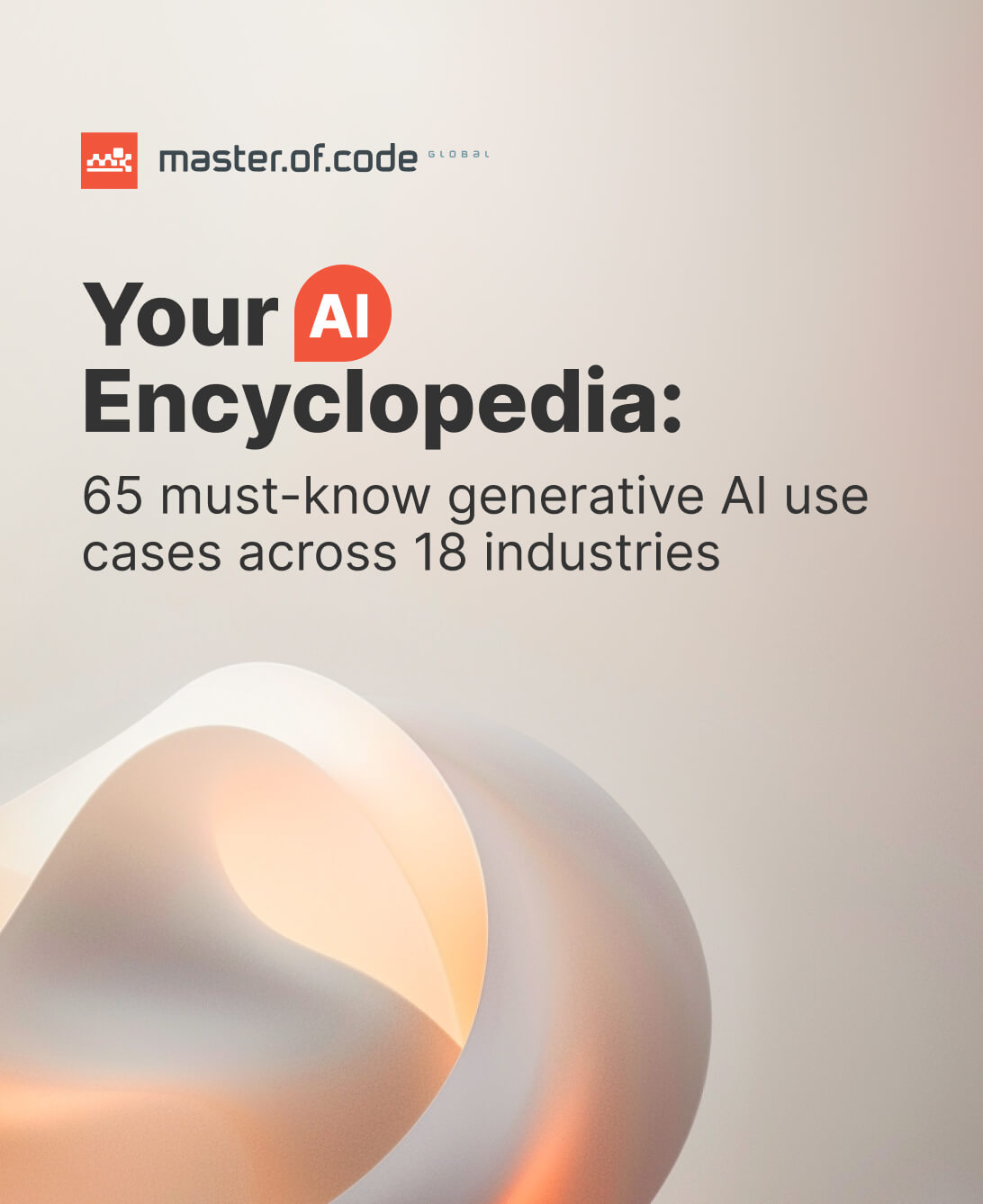













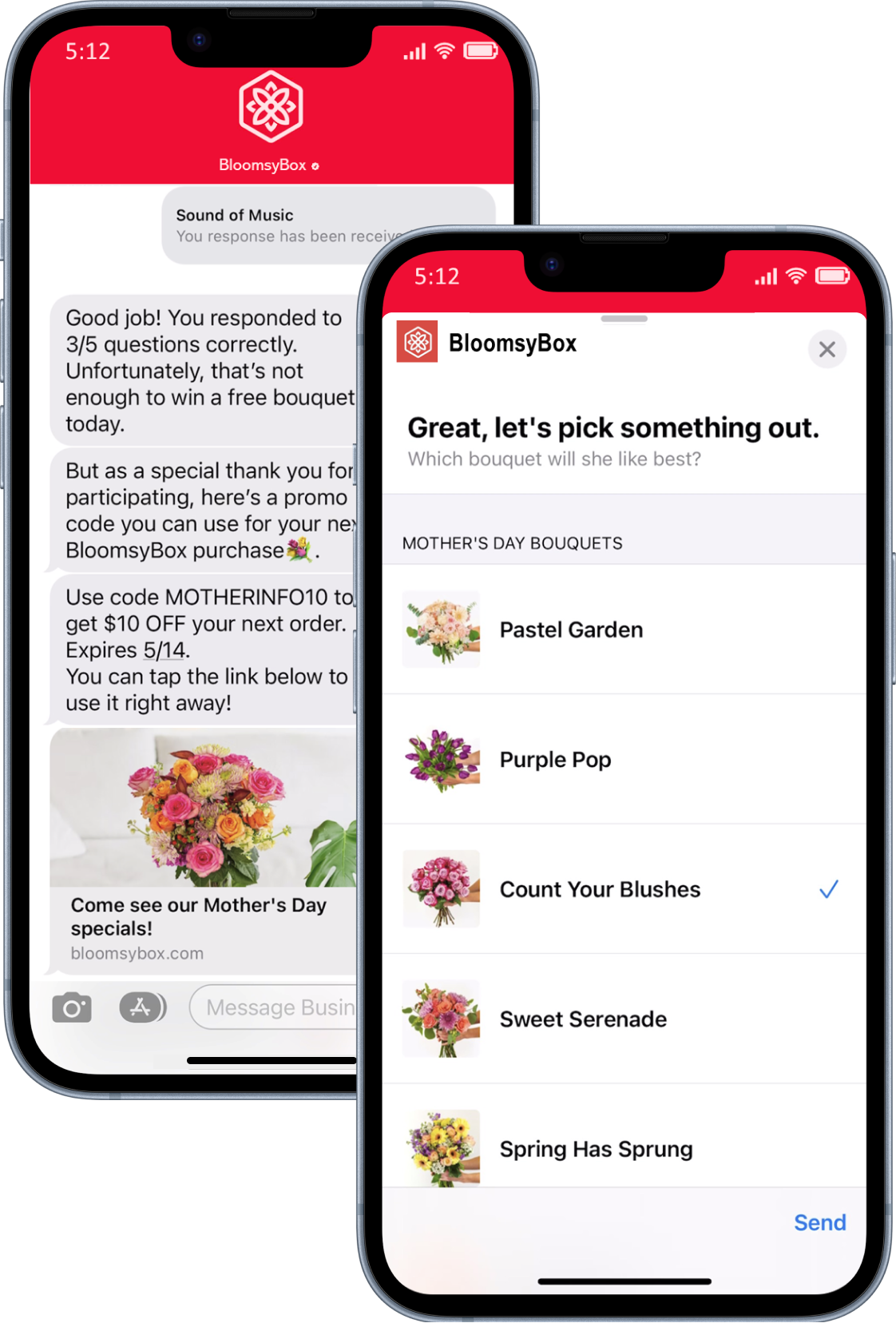
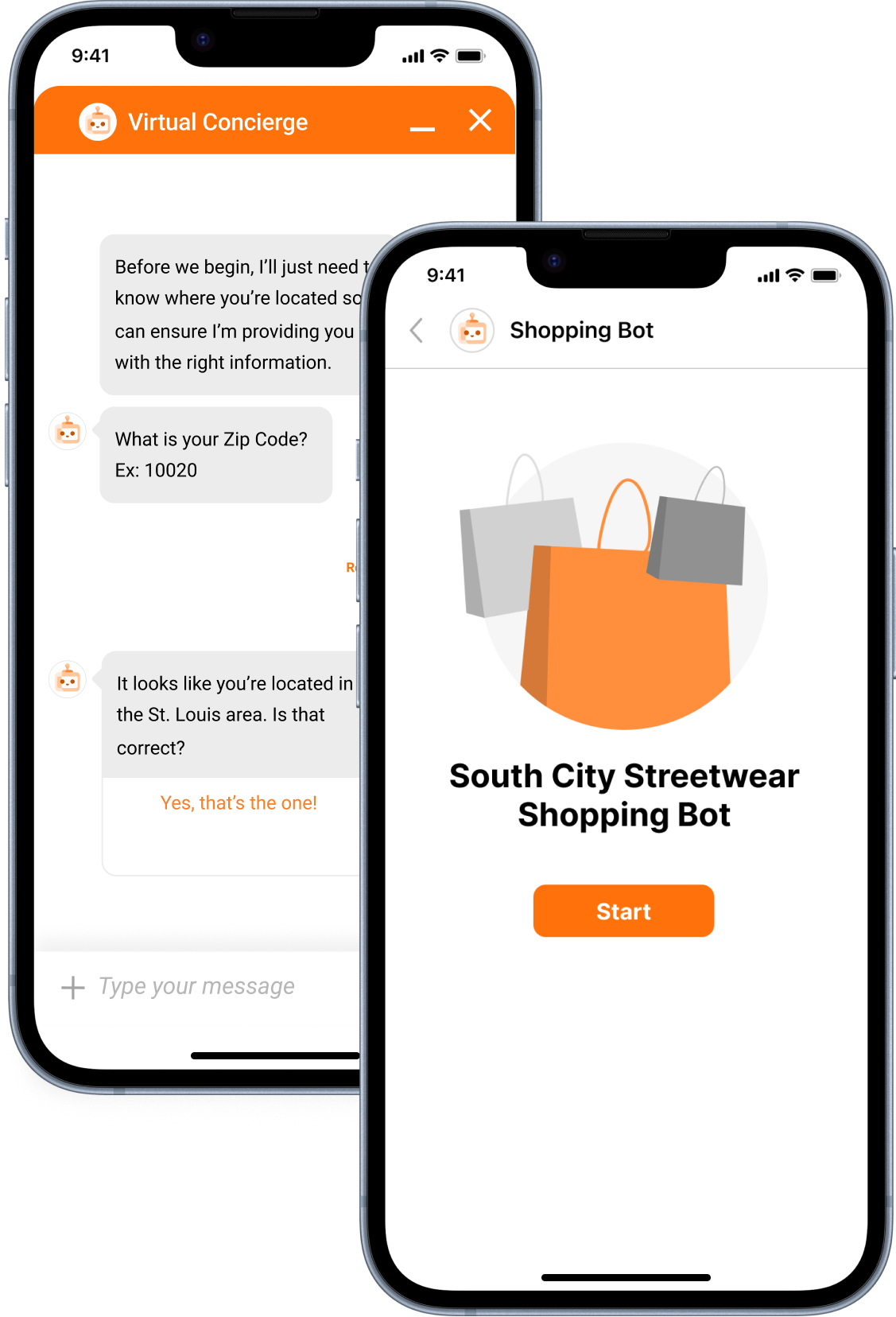

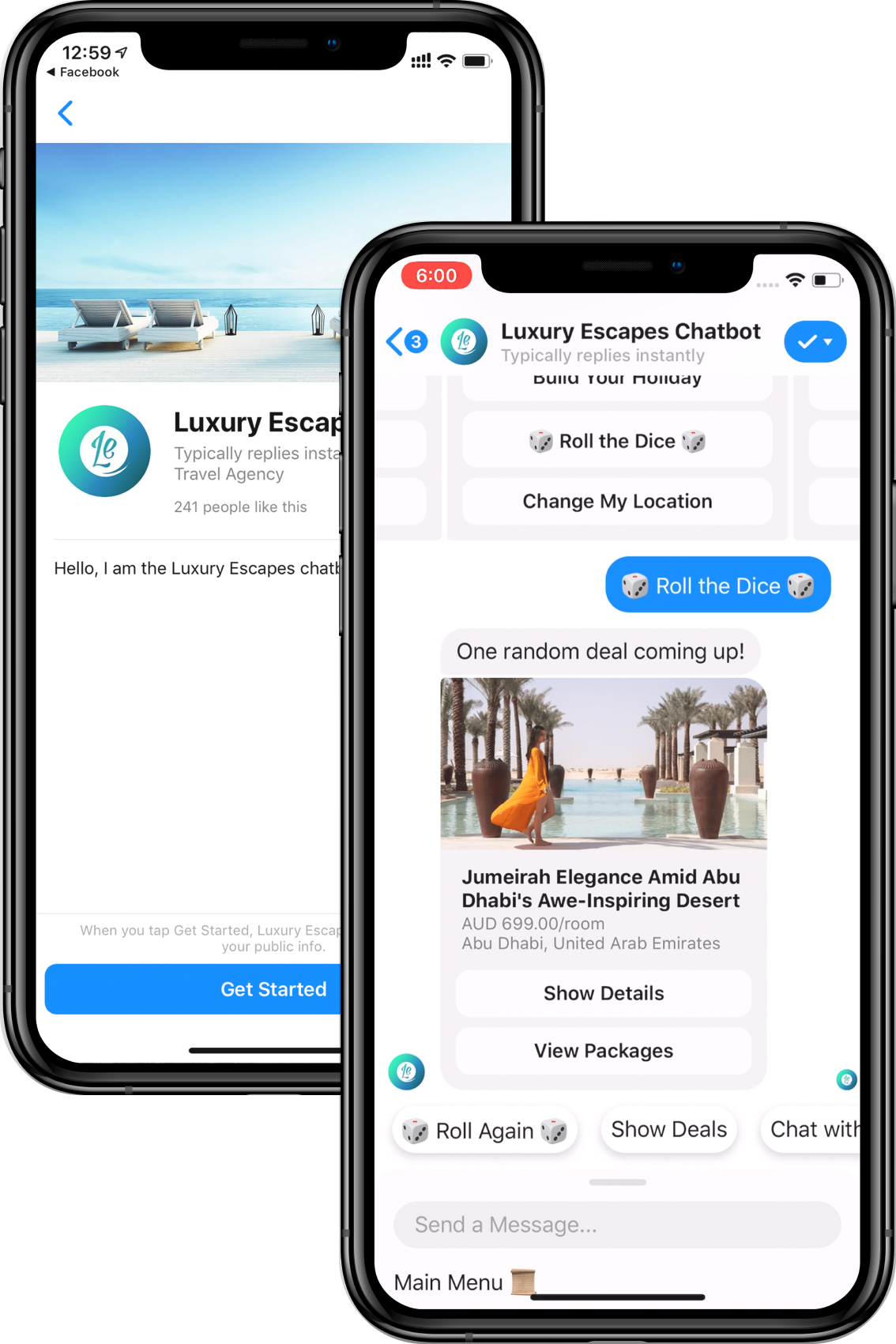

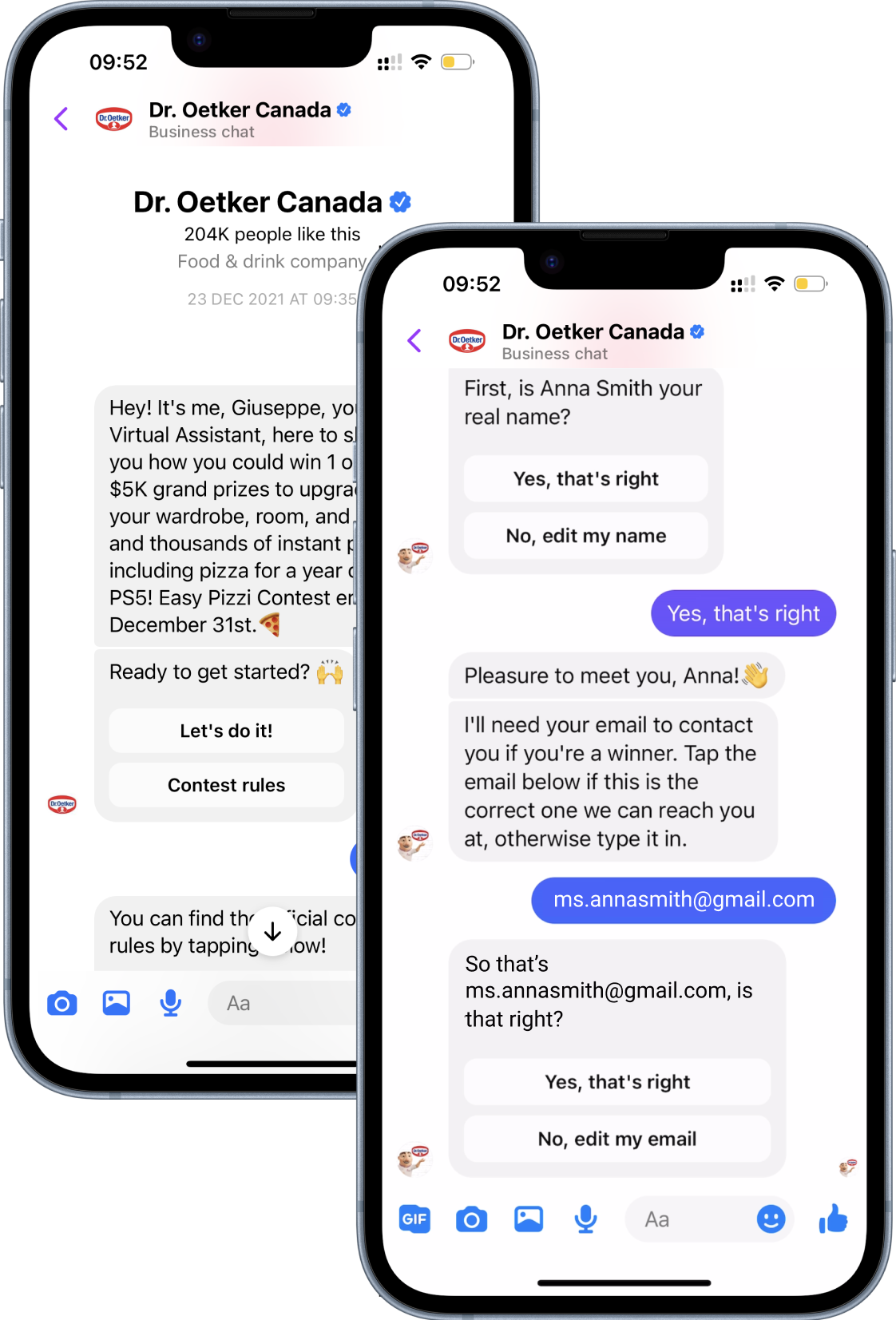











 Retail
Retail Bolingbrook, Illinois
Bolingbrook, Illinois 10,001+ Employees
10,001+ Employees Phone Interview
Phone Interview
 Verified
Verified





